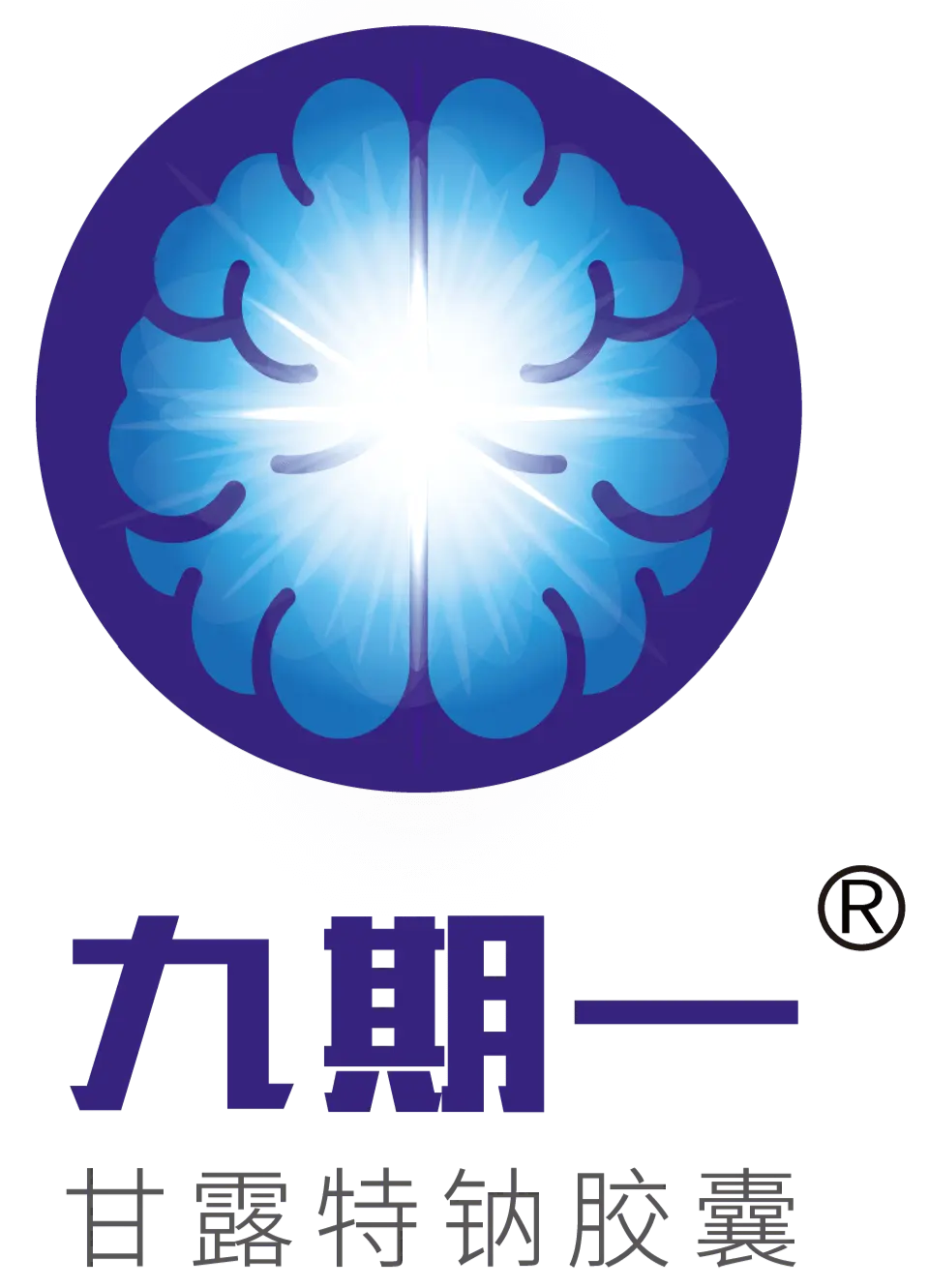Sodium Oligomannate Ameliorates Cognitive Function, Behavioral and Psychological Symptoms and Living Function of an Alzheimer’s Disease Patient after Ovarian Cancer Surgery
In November 2021, Chinese Journal of New Drugs and Clinical Remedies published a single-case study by Gao Jing, Wang Wei, et al. from Chaoyang Center Hospital of Liaoning Province, introducing a case in which sodium oligomannate ameliorates cognitive function, behavioral and psychological symptoms and living function of an Alzheimer’s disease (AD) patient after ovarian cancer surgery
In 2019, China’s National Medical Products Administration approved sodium oligomannate, the world’s first novel drug for treating AD that targets the gut-brain axis. While data of sodium oligomannate’s China phase-3 clinical study show that the drug may have dual effects in improving symptoms and altering potential course of disease while being safe and well tolerated, it remains unclear whether the drug has similar curative effects on other types of dementia or AD complicated by other diseases.
The case study reports a patient exhibiting three symptoms of AD in cognitive function, behavioral and psychological health, and activities of daily life after ovarian cancer surgery that was treated with sodium oligomannate.
CASE REPORT
Having a slow onset, the patient exhibited progressive cognitive decline, impaired activities of daily living, and behavioral and psychological disorders, with imaging and neuropsychological results complying with the characteristics of AD. The patient received ovarian cancer surgery and chemotherapy five years ago, before developing cognitive impairment, so her condition needed to be differentiated from postoperative cognitive dysfunction (POCD).
POCD is mainly manifested by postoperative memory impairment, cognitive decline, anxiety, personality changes, and psychological disorders. It usually occurs within a few weeks after surgery and may last for a long time. In her postoperative follow-up, the patient received brain PET-CT imaging test in a different hospital, which showed extensive radionuclide retention in the brain, so POCD might be the inducing or aggravating factor of AD.
Because the patient’s electrocardiogram showed a heart rate of 49 bpm, cholinesterase inhibitors were not suitable as therapeutic drugs, so sodium oligomannate, as a non-cholinergic drug, was selected to improve cognitive function. After six months of treatment, neuropsychological tests showed that the patient’s scores of both MMSE (Mini-Mental State Examination) and MoCA (Montreal Cognitive Assessment) were improved from pre-treatment levels, and there were no obvious adverse reactions.
DISCUSSION
The symptoms of AD include not only impaired cognitive function, but also activities of daily living and behavioral and psychological symptoms. The patient's scores of Activities of Daily Living (ADL) and Neuropsychiatric Inventory (NPI) were both improved after treatment with sodium oligomannate for six months, and the family reported that she was able to perform tasks such as turning on the TV and going to the toilet on her own, suggesting that sodium oligomannate may be effective in improving activities of daily living and behavioral and psychological symptoms.
Psychological symptoms are common in AD, but antipsychotics (both typical and atypical) and benzodiazepines are associated with increased mortality in AD patients. The patient did not take antipsychotics in combination, suggesting that sodium oligomannate can improve the cognitive function of AD patients while improving their behavioral and psychological impairments, thereby reducing the use of antipsychotics and the occurrence of adverse reactions.
In conclusion, judging from the therapeutic effect of the AD patient after ovarian cancer surgery, sodium oligomannate is effective in improving the cognitive function of AD patients, and may also have good potential for application in improving other clinical symptoms including activities of daily living and behavioral and psychological symptoms.
Link: http://qikan.cqvip.com/Qikan/Article/Detail?id=7106202561








